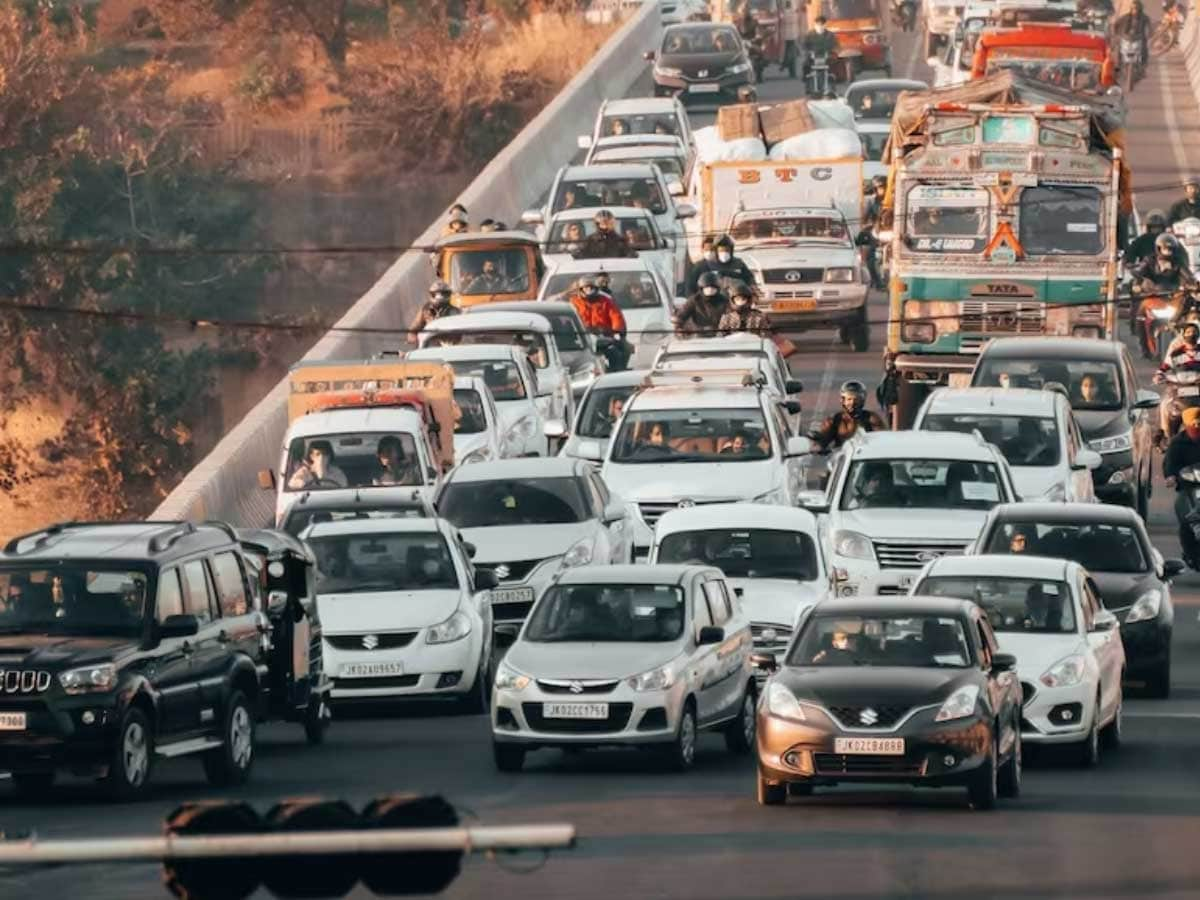In the realm of transportation, the relationship between road and railway networks is a complex and dynamic one. While each mode of transport has its unique advantages and limitations, it is crucial to understand how road transport affects railway transport and vice versa. This article delves into the multifaceted interactions between these two modes of transportation, exploring their interdependencies, challenges, and potential synergies.
- Infrastructure Interactions:
The development and utilization of road transport infrastructure can significantly impact railway transport. The expansion of road networks often leads to increased accessibility, enabling better connectivity to railway stations and terminals. This accessibility can enhance the efficiency of railway transport by facilitating the movement of goods and passengers to and from rail hubs. Conversely, congested road networks can impede the flow of traffic to railway stations, affecting the overall efficiency of rail operations. - Modal Competition and Complementarity:
Road and railway transport often compete for the movement of goods and passengers. The flexibility and door-to-door connectivity offered by road transport make it a preferred choice for short-distance and last-mile deliveries. However, for long-distance transportation of bulk goods or high-capacity passenger travel, railways offer advantages in terms of energy efficiency and reduced environmental impact. Balancing the competition and exploring opportunities for modal complementarity can optimize the overall transportation system. - Intermodal Transport and Logistics:
The integration of road and railway transport through intermodal logistics plays a crucial role in enhancing efficiency and reducing costs. Intermodal terminals act as transfer points, facilitating the seamless transfer of cargo between road and rail modes. By leveraging the strengths of each mode, such as the speed and flexibility of road transport and the capacity and cost-effectiveness of railways, intermodal transport enables efficient and sustainable supply chain management. - Environmental Considerations:
The environmental impact of road transport, including emissions and congestion, has prompted a growing interest in shifting freight and passenger traffic to railways. Rail transport is generally considered more environmentally friendly, emitting fewer greenhouse gases per ton-kilometer compared to road transport. Encouraging modal shift from road to rail can help reduce carbon emissions, alleviate congestion, and promote sustainable transportation systems. - Policy and Planning:
Effective policy and planning frameworks are essential for managing the interplay between road and railway transport. Governments and transportation authorities need to consider the long-term implications of infrastructure investments, modal shift incentives, and regulatory measures. Coordinated planning can ensure the optimal utilization of both road and rail networks, promoting a balanced and efficient transportation system.
Conclusion:
The relationship between road and railway transport is intricate and multifaceted. Understanding how road transport affects railway transport is crucial for optimizing the overall transportation system, improving efficiency, and addressing environmental concerns. By recognizing the interdependencies, exploring modal complementarity, and implementing effective policies, we can foster a sustainable and integrated transport network that meets the evolving needs of society.

